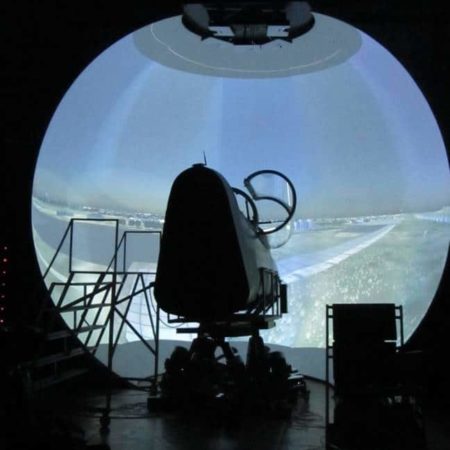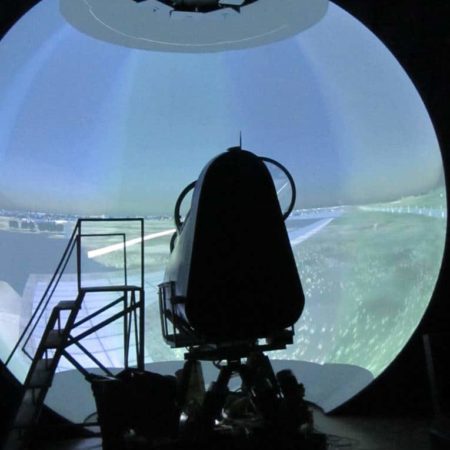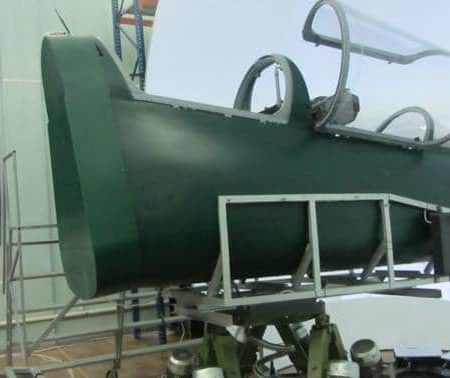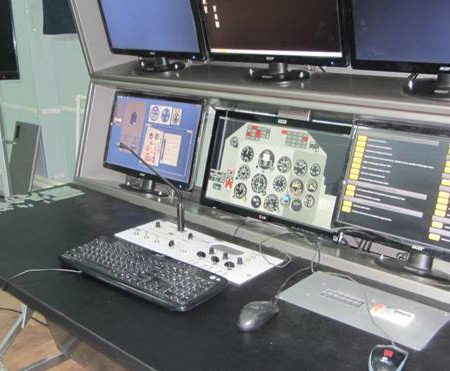complete adequacy of the completeness, placement and application of controls and cabin equipment
modeling of aircraft dynamics under normal and special (emergency) situations
modeling of acceleration effects of aircraft behavior on the ground and in the air implementation of vibration effects caused by the operation of various units of the aircraft
high quality simulation of acoustic effects of aircraft systems, impact of the external environment, use of airborne weapons
Cost-effectiveness
operation of the simulator requires much less costs than operation of a real aircraft
Reliability
The simulator can be operated regardless of weather conditions up to 12 hours a day
Capabilities
Transfer and improvement of the pilot’s skills within the scope of functional duties in accordance with theL-39 Aircraft Flight Manual, as well as providing combat training within the scope of the training program
Safety
simulation of emergency situations that cannot be or are extremely dangerous to create in real flight
Objective assessment
The simulator allows carrying out a detailed analysis of the flight mission as a whole, as well as individual training procedures





